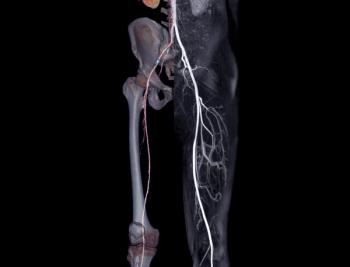
Winter Rorschach Test
A penguin? An igloo? A big snowflake? Weigh in on this Rorschach-type image, just for fun.
A penguin? An igloo? A big snowflake? Weigh in on this Rorschach-type image, just for fun.
[[{"type":"media","view_mode":"media_crop","fid":"45227","attributes":{"alt":"","class":"media-image","id":"media_crop_3744295359925","media_crop_h":"0","media_crop_image_style":"-1","media_crop_instance":"5136","media_crop_rotate":"0","media_crop_scale_h":"0","media_crop_scale_w":"0","media_crop_w":"0","media_crop_x":"0","media_crop_y":"0","title":"© KovalchukOleksandr/ Shutterstock ","typeof":"foaf:Image"}}]]
Although controversial, the Rorschach test was (and is) used for clinical assessment. The test is reported to be used by school psychologists in over 30% of cases.1 However, its accuracy is considered by some to be problematic and other instruments may be more useful.2(p78)
One purpose of the Rorschach ink blot test was to analyze and interpret the nuances of each answer given by the patient. The original set of ink blot tests was limited to 10 images, but subsequent tests have been developed which more accurately provide insight into the psyche. This picture is not from the original set of Rorschach images. They can be found
References:
1. Hughes TL, Gacono CB, Owen PO. Current status of Rorschach assessment: Implications for the school psychologist. Psychol Sch. 2007;44:281-291.
2. Barlow DH. The Oxford Handbook of Clinical Psychology: Updated Edition (Oxford Library of Psychology) Updated Edition. New York: Oxford: 2011.
Newsletter
Receive trusted psychiatric news, expert analysis, and clinical insights — subscribe today to support your practice and your patients.

















